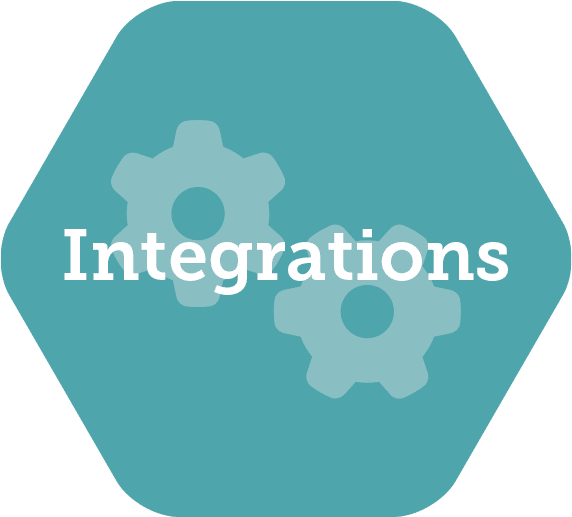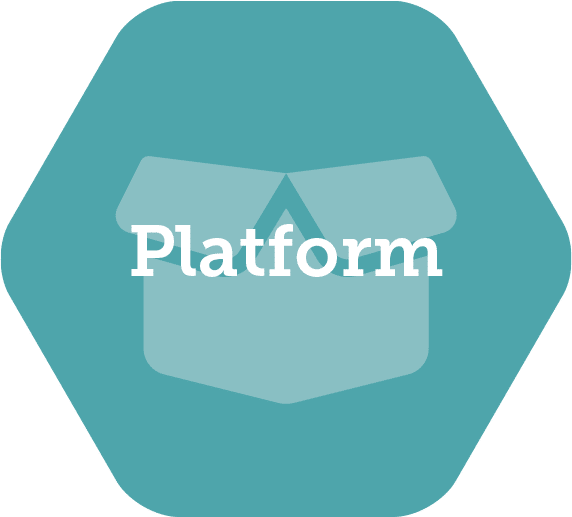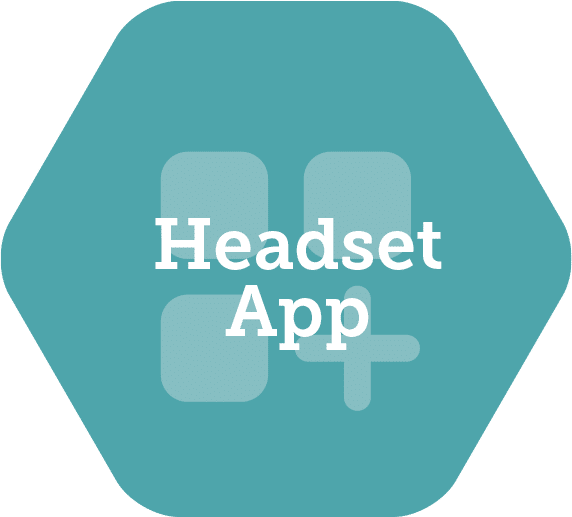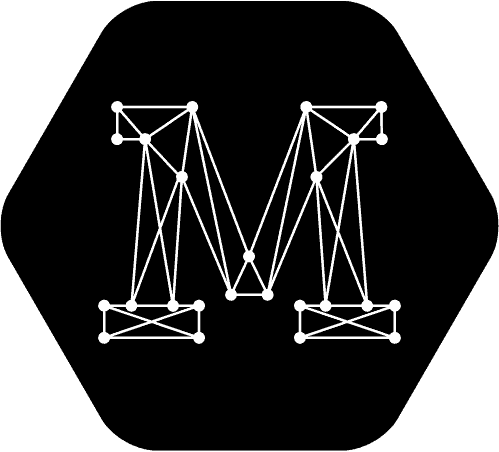Recently, I met with some of the staff of Motive.io and asked them this question-
What are the biggest lessons you have learned in VR Design? This is what they said:

Mechanics do not need to be Hyper-realistic for a good VR Experience
The biggest lesson I have learned is how unimportant hyper-realistic mechanics are in VR. The medium is still limited in that way largely due to handheld controllers.
Right now, when you experience VR, you are holding a controller in your hands, limiting the dexterity of actions you can take. This limits the ability to create experiences with deep mechanical fidelity.
Recently, Motive did a project that included how to disassemble a meat slicer. In an early version, we designed it so that you had to unscrew the pusher plate before you could take it off for cleaning. When it was time to develop, we found out quickly that mapping the unscrewing action while using controllers just frustrated the users.
We reassessed and determined that we could design the experience so that they reach out to unscrew the pusher plate, and the screw would automatically unscrew, without extensive effort from the user. The user’s brain made the connection, so we didn’t need to create the action. The client was happy, and the users understood what they needed to do, without every single action being developed into the experience.
Pushing back against that desire to try to accurately recreate all the mechanics of a scenario has definitely been the biggest lesson.

Less is more in VR design – and onboarding support is essential.
Do I have to pick just one? I have learned so much, but there are two that stand out.
First: less is more. You never go wrong by keeping it simple and consistent. It’s easy to get bogged down by details that are really out of scope for the learning objectives – like putting on gloves, turning a screw, or plugging something in. These are important parts of a process, but they are also inherently understood by the user and should not be something that we focus on in the experience.
Second: learners need more support than you might think to get up and running. Time spent onboarding learners in a fun and stress-free way goes a long way to an enjoyable and successful first VR training experience.

Presence is crucial in VR design
Being certain to create a sense of presence is a huge lesson I have learned with designing VR. When the user puts on the headset and enters the experience, you want to make it like they are really there. They should hear the ambient sounds and see the environment change as they move and interact with it. Make it feel like they are present in that virtual world.
We also need to respect that, in VR, we are strapping a contraption to someone’s head, and they cannot look away from the virtual space. We have to make the space inviting, make them feel welcome and like a part of the experience.

Keep VR design flexible
The biggest lesson I have learned is that you should have a process for design and development, but that process should be flexible and adaptable. The possibilities for VR are wider and broader than most learning modalities today, and every project is different.
Having a rigorous linear process that walks through step-by-step doesn’t work well for designing VR. It’s not like a multiple-choice question on a static screen. Every scene has to be designed from multiple angles, making a linear design process too rigid. Have a high-level process that scaffolds the basic steps, knowing that, as you get deep into the development, you will have to make adjustments.
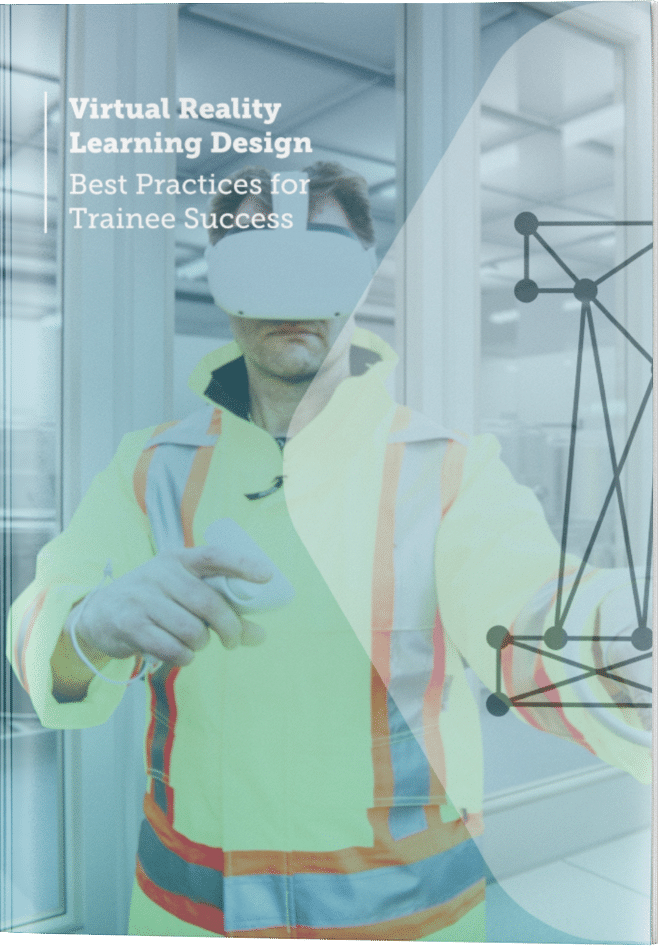
Would you like to learn more about VR Design?
Download our VR Learning Design Guide:
Latest Posts
- « Previous
- 1
- …
- 6
- 7
- 8
Stay in the Know
Want to stay up-to-date with what is going on in the world of immersive training? Subscribe to the Motive Blog.
Ready to revolutionize your training program?
We’re ready to show you how seamlessly you can create, edit and deploy VR training modules. Our team is standing by to help you revolutionize your training program.
